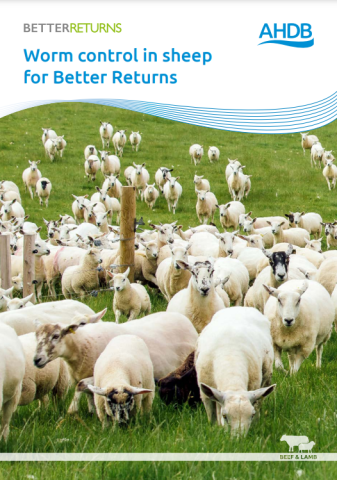This manual, produced by the Sustainable Control of Parasites in Sheep (SCOPS) group gives an overview of how to control worms effectively and responsibly.
As the UK sheep industry has become more reliant on pastures grazed only by sheep, dependence on anthelmintics (wormers) has increased. The heavy use and misuse of these relatively cheap products has led to the development of resistance. Sheep farmers must act now so they can control worms effectively in the future. The guide covers -
- The need for worm control
- The impact of anthelmintic resistance (AR)
- Worm species and their life cycles
It also includes key actions which farmers must take to successfully control worms in sheep.
Useful Links (Videos)
Getting the dose right when worming sheep
Why is it advised that you don't dose and move sheep?
Effective quarantine when worming sheep
What does the faecal egg count mean?
Taking faecal egg count samples correctly
Download the manual below



